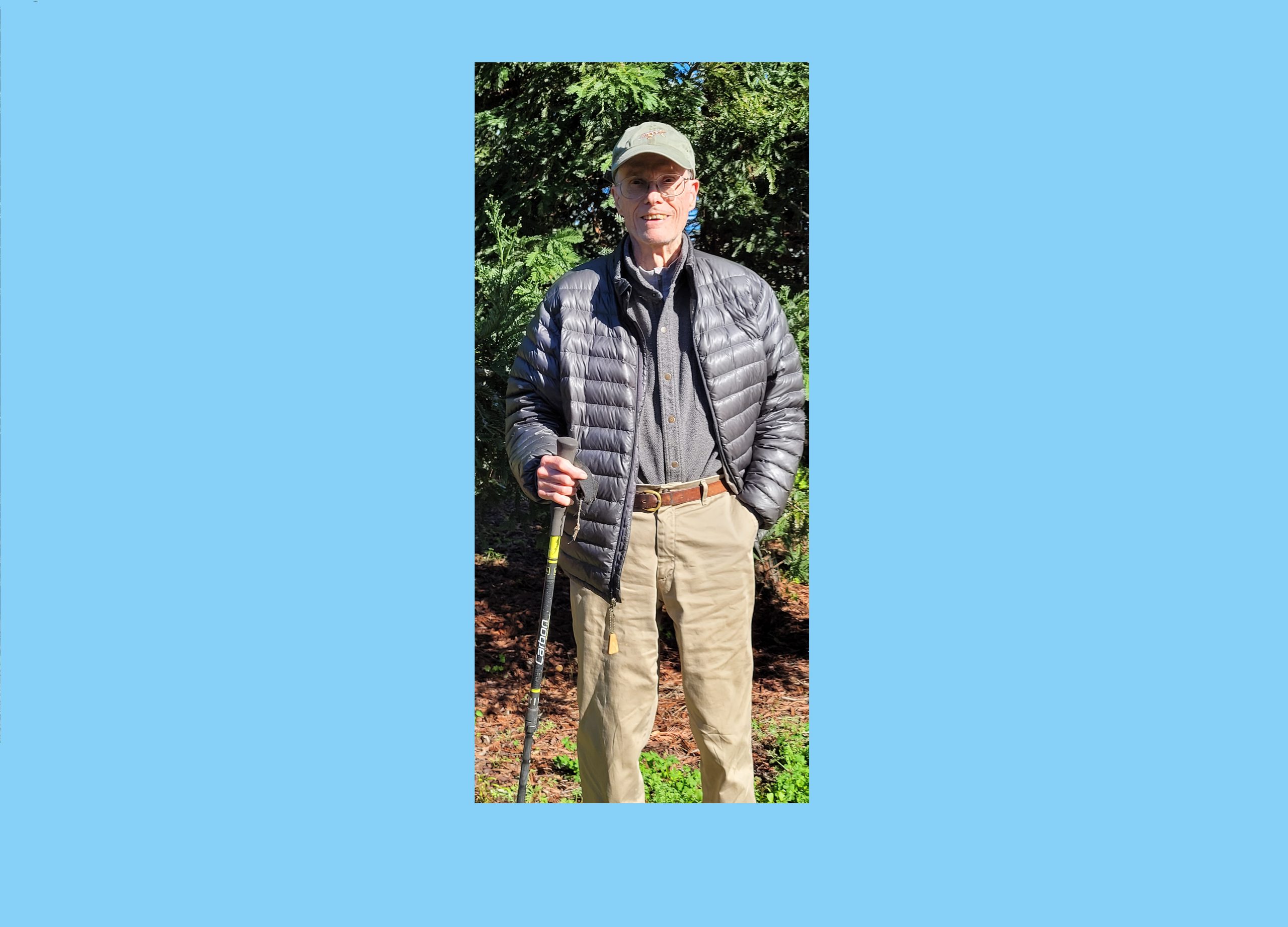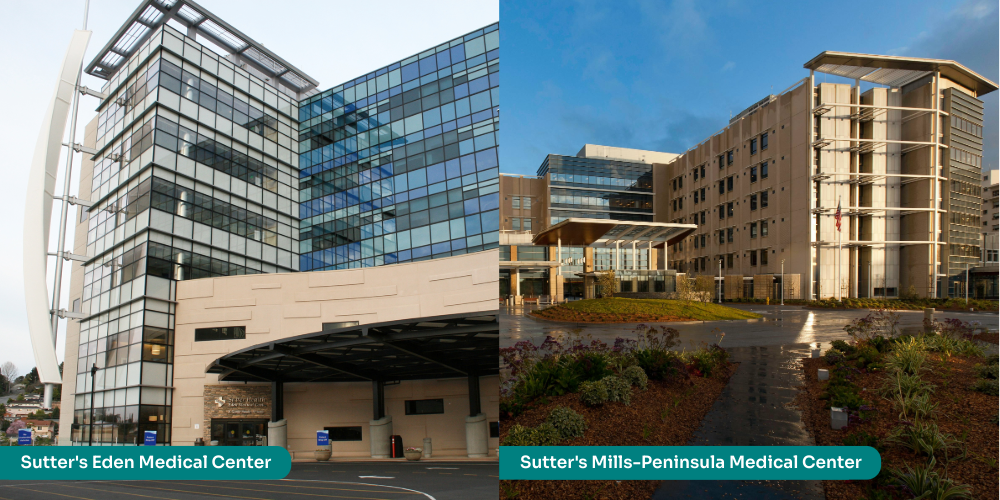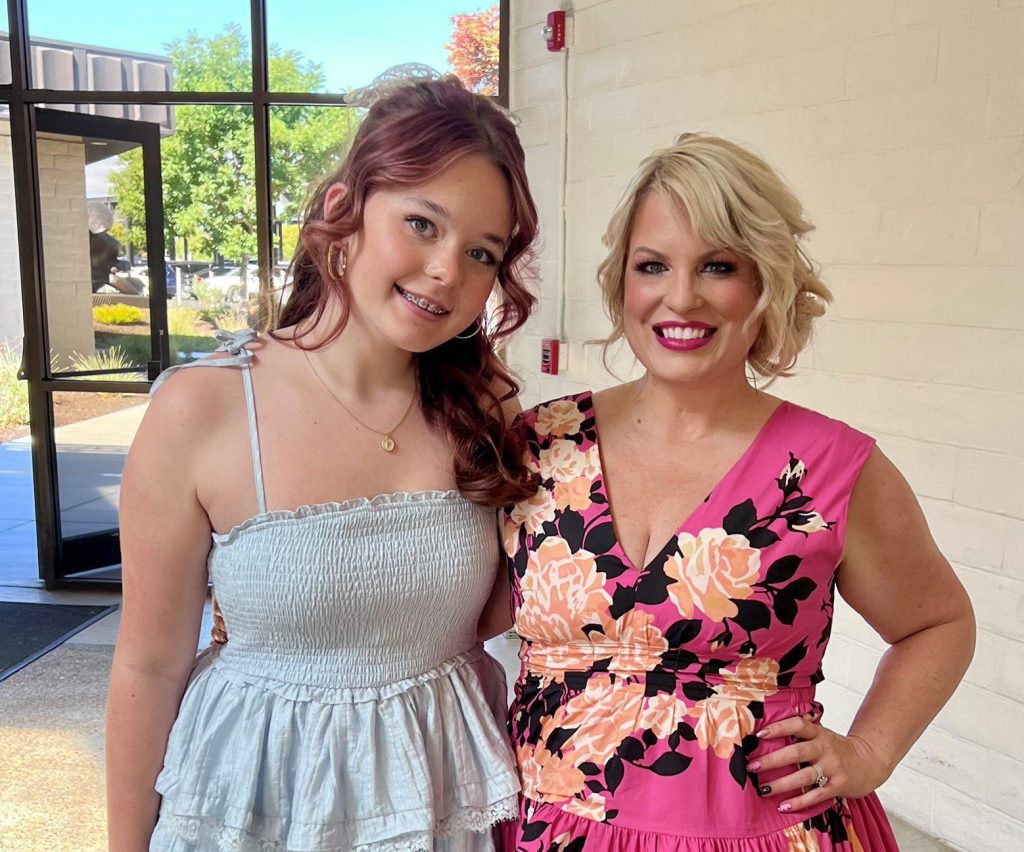A “happy accident.” That’s how Rod Derbyshire describes his cancer diagnosis today. However, the initial news was a shock to his system.
A series of tests and a CT scan in 2023 to investigate unexplained weight loss revealed something else. He had a tiny, slow growing but “suspicious” nodule in his right lung. Follow-up tests and a biopsy of the nodule at Sutter’s Palo Alto Medical Foundation later showed Derbyshire had lung cancer.
The 88-year-old Menlo Park, Calif. resident had never smoked tobacco and had no family history of the illness.
Although the otherwise healthy grandpa and avid hiker was unfamiliar with the nuances of cancer treatment, he was well versed in one aspect of his care plan: radiation therapy.
Never would Derbyshire have imagined that he—a former chemical engineer with training in particle accelerators used in cancer radiotherapy—would become the first patient in Sutter Health and in the San Francisco Bay Area to receive treatment with one of the world’s most sophisticated, state-of-the-art radiation therapy technologies.
PAMF is the first Sutter location to acquire a state-of-the-art Varian Edge™ with Brainlab ExacTrac Dynamic® Linear Accelerator (LINAC) System. The technology will be offered this year across the not-for-profit, community health system to patients needing cancer radiation therapy. Some of the initial locations scheduled to go live with the technology in 2024 include Modesto, Roseville, Sacramento, San Francisco and Vallejo.
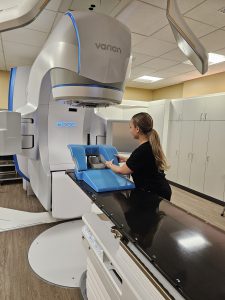
Radiation therapist Josian Metry positions part of the LINAC equipment.
A new era in radiation therapy
Roughly 38% of all men and women will be diagnosed with cancer at some point during their lifetimes. Approximately half of them will require radiation therapy as part of their treatment plan.
The most common tool for radiation therapy treatment is the radiotherapy linear accelerator, which uses targeted, high-dose beams of energy to destroy tumor cells.
In Jan. 2024, Derbyshire began receiving at PAMF five courses of 30-minute radiation treatments delivered by the new LINAC System.
“This best-in-class radiation therapy technology enables us to offer patients the most accurate, precise, effective and safe radiotherapy treatments currently available–all while dramatically shortening the duration of each session,” says Dr. Daniel Schiffner, a radiation oncologist at PAMF.
“With the dynamic ‘one-two combo’ of this technology, we can treat the full spectrum of cancers with unparalleled accuracy and precision for more effective, safer treatments and a better experience for our patients.”
Sutter Health has been able to make the most advanced cancer treatments available to patients thanks in large part to the generosity of surrounding communities. When patients of Dr. Schiffner and Dr. Lundahl from the PAMF Palo Alto Oncology Department heard about the need for a new state-of-the art linear accelerator and the significant advantages it offers in delivering more effective and safer radiation therapy, many decided to help with a philanthropic donation that added to funding from Sutter Health. Donations ranged in size from $100 to $250,000. Other patients helped as well, including one who made a lead gift of $2 million. Sutter Health appreciates every donation and is extremely grateful for the support this important radiotherapy machine that will benefit many patients.
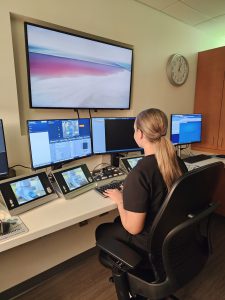
Radiation therapist Josian Metry sits at the computer console that supports the LINAC machine.
Putting patients first
By combining sophisticated 4D imaging and patient positioning capabilities with the ability to precisely control the dose and shape of the radiation beam, the new technology enables cancer specialists to treat a wide range of cancers more quickly, safely and effectively than ever before.
Dr. Schiffner says, “The machine’s pinpoint, sub-millimeter accuracy makes it the ideal tool for treating even the most complex cancers in sensitive areas such as the brain, abdomen, pelvis, liver, lung, breast, head, neck and spine—while minimizing the risks of damage to adjacent healthy tissues.” This means patients are significantly less likely to experience treatment-related side effects or “tattoos,” the skin markings made to help cancer specialists accurately plan radiotherapy on the patient’s body.
As Derbyshire attests, the system was also designed for improved patient comfort compared to traditional approaches to cancer radiation therapy.
“The care team at PAMF made a real effort to help me relax before my radiation treatments,” says Derbyshire. “For the treatment, I simply laid on a table as the machine rotated around with minimal noise and delivered the radiation beam.”
Derbyshire’s care team at Sutter continue monitoring his recovery. Right now, he’s enjoying life cancer-free and planning his next hiking trip with his wife.

